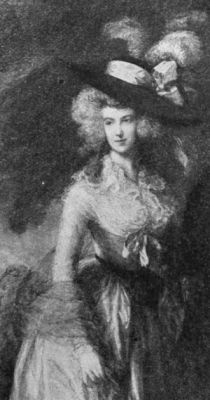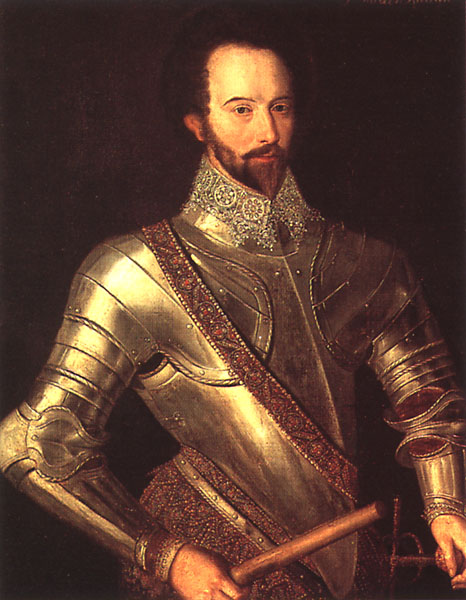1. One myth about how the ancient Olympic Games in Mt.Olympia involved Pelops, king of Olympia and eponymous hero of the Peloponnesus, to whom offerings were made during the Games. Another myth tells of King Iphitos of Elis, who consulted Pythia, the Oracle (Temple) at Delphi, to find a way to save his people from war in the 9th century BC. More legends: Some Greece people also belived that Zeus created the ancient Olympic Games after the defeat of his predecessor, Titan Cronus. Some of them also thought that the gods enjoyed watching the sporting events.

http://en.wikipedia.org/wiki/Ancient_Olympic_Games
2. The Olympic symbols are the icons, flags and symbols used by the International Olympic Committee to promote the Olympic Games. Some—such as the flame, fanfare, and theme—are more common during Olympic competition, but others, such as the flag, can be seen throughout the year.
The Olympic motto is the hendiatris Citius, Altius, Fortius, which is Latin for “Swifter, Higher, Stronger”. The Olympic motto is the hendiatris Citius, Altius, Fortius, which is Latin for “Swifter, Higher, Stronger”.
The Olympics flag is a flag witch rings/symbols are representing five continents of the world: America, Europe, Asia, Africa and Australia.

http://en.wikipedia.org/wiki/Olympic_symbols
3. It was in the 1900 Olympic Games that women first participated as contestants. Some important occasions for women at the Summer Games were:
– the first appearance of women swimmers at the 1912 Games in Stockholm
– the first female athletics competitions, at the Amsterdam Games in 1928. Note that the
800m race was considered too difficult for women and was discontinued after 1928, not
to be reintroduced until 1960.
From volleyball (1964), to rowing (1976), from cycling (1984) to football (1996).

http://history1900s.about.com/od/fadsfashion/a/olympics1900.htm
4. In 1986, the IOC decided to stagger the Summer and Winter Games on separate years. Instead of holding both Games in the same calendar year, it was decided to alternate them every two years. Both Games would still be held on four-year cycles. The rationale given by the IOC for this change was in order to give more prominence to the Winter Olympic Games. It was decided that 1992 would be the last year to have both a Winter and Summer Olympic Games.
The first international multi-sport event specifically for winter sports were the Nordic Games, held in 1901 in Sweden. The Nordic Games were organized by General Viktor Gustaf Balck. They were held again in 1903, again in 1905, and then every four years there after until 1926.
The Second World War interrupted the celebration of the Winter Olympics. The 1940 Winter Olympics had originally been awarded to Sapporo, Japan, but was rescinded in 1938, because of the Japanese invasion of China in the Sino-Japanese War. Garmisch-Partenkirchen stepped in to host the Winter Games again, but both Summer and Winter Olympics were cancelled in their entirety in November 1939 following Germany’s invasion of Poland. The 1944 Winter Olympics, scheduled to take place in Cortina d’Ampezzo, Italy, were cancelled in the Summer of 1941, due to the continuing World War.

http://en.wikipedia.org/wiki/Winter_Olympic_Games
5. The Olympic Movement is a philosophy created and promoted by the International Olympic Committee. This philosophy advocates using sport not just as a physical activity but also as a means of educating people.
According to this philosophy, the good sportsmanship, sense of fair play, and respect for fellow athletes that is developed through participation in sports teaches men and women of different races, religions, and nationalities to work peacefully together in competition toward common goals. The Olympic Movement works to expand such lessons beyond the sports arena in the hope of promoting peace and a sense of brotherhood throughout the world.
The most prominent way the IOC promotes the Olympic Movement is through the Olympic Games. But the Movement’s ideals are practiced in other ways, including the promotion of environmental issues, fighting drug use among athletes, and providing financial and educational aid.

http://content.scholastic.com/browse/article.jsp?id=2263
6. Despite what Coubertin had hoped for the Olympics, it did not bring total peace to the world. In fact, three Olympiads had to pass without a celebration of the Games because of war: the 1916 Games were cancelled because of World War I, and the summer and winter games of 1940 and 1944 were cancelled because of World War II. The South Ossetia War between Georgia and Russia erupted on the opening day of the 2008 Summer Olympics in Beijing. Both President Bush and Prime Minister Putin were attending the Olympics at that time and spoke together about the conflict at a luncheon hosted by Chinese President Hu Jintao. When Nino Salukvadze of Georgia won the bronze medal in the 10 meter air pistol competition, she stood on the medal podium with Natalia Paderina, a Russian shooter who had won the silver. In what became a much-publicized event from the Beijing Games, Salukvadze and Paderina embraced on the podium after the ceremony had ended.
Terrorism has also threatened the Olympic Games. In 1972, when the Summer Games were held in Munich, Bavaria, Germany, eleven members of the Israeli Olympic team were taken hostage by the terrorist group Black September in what is now known as the Munich massacre. A bungled liberation attempt led to the deaths of the nine abducted athletes who had not been killed prior to the rescue. Also killed were five of the terrorists and a German policeman. During the Summer Olympics in 1996 in Atlanta, a bomb was detonated at the Centennial Olympic Park, which killed 2 and injured 111 others. The bomb was set by Eric Robert Rudolph, an American domestic terrorist, who is currently serving a life sentence for the bombing.
http://en.wikipedia.org/wiki/Olympic_Games#Controversies
7. 43 different sports, spanning 56 different disciplines, have been part of the Olympic program at one point or another. 28 sports have comprised the schedule for the 2000, 2004, and 2008 Summer Olympics, though baseball and softball have been removed to give a list of 26 for the 2012
Like the Olympic Games and the Paralympic Games, the Special Olympics World Games include summer and winter versions, and are held every four years. The first International Special Olympics Summer Games were held in Chicago, Illinois, USA, in 1968. The first International Special Olympics Winter Games were held in February 1977 in Steamboat Springs, Colorado, USA.
http://en.wikipedia.org/wiki/Special_Olympics_World_Games
8. The next winter Olympic Games will take place in Vancouver.
Vancouver is a coastal city located in the Lower Mainland of British Columbia, Canada. The largest metropolitan area in Western Canada, Vancouver ranks third largest in the country and the city proper ranks eighth. According to the 2006 census Vancouver had a population of just over 578,000 and its Census Metropolitan Area exceeded 2.1 million people. Its residents are ethnically diverse, with 52% having a first language other than English.
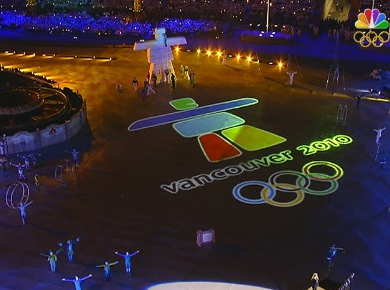
http://en.wikipedia.org/wiki/2010_Winter_Olympics
http://en.wikipedia.org/wiki/Vancouver
9. The 1936 Berlin Olympic Games had been handed to Berlin before the Nazis came to power but now it was the perfect opportunity for Hitler to demonstrate to the world, how efficient the Nazi Germany was. It was also the perfect opportunity for the Nazis to prove to the world the reality of the Master Race.
The Nazi Germany team had been allowed to train fulltime thus pushing to the limit the idea of amateur competition. Germany’s athletic superstar of the time was Lutz Lang – a brilliant long jumper who easily fitted into the image of blond hair, blue eyed Aryan racial superiority. By far the most famous athlete in the world was Jesse Owens of America – an African American and therefore, under Nazi ideology, inferior to the athletes in the German team.
But Jesse Owens won 4 gold medals, broke 11 Olympic records and defeated Lutz Lang in a very close long jump final.
There were a total of 10 African American members in the American athletics team. Between them they won 7 gold medals, 3 silvers and 3 bronze.
The 1972 Summer Olympics, officially known as the Games of the XX Olympiad, were an international multi-sport event held in Munich, in what was then West Germany, from August 26 to September 11, 1972.
The 1972 Summer Olympics were the second Summer Olympics to be held in Germany, after the 1936 Games in Berlin. The Munich Olympics were intended to present a new, democratic and optimistic Germany to the world, as shown by its official motto, “the Happy Games.” The emblem of the Games was a blue solar logo (the “Bright Sun”). The Olympic mascot, the dachshund “Waldi”, was the first officially named Olympic mascot. The Games also saw the introduction of the now-universal sports pictograms designed by Otl Aicher. Soon, however, the killings of 11 Israeli athletes by Palestinian terrorists in an event known as the Munich massacre took center stage.
The games played in the 1936 Olympic games were : Athletics, Basketball, Boxing, Canoeing, Cycling, Diving, Equestrian, Fencing, Football, Gymnastics, Handball, Hockey, Modern pentathlon, Polo, Rowing, Sailing, Shooting, Swimming, Water polo, Weightlifting, Wrestling
The games played in the 1972 Olympic games were : Archery, Athletics, Basketball, Boxing, Canoeing, Cycling, Diving, Equestrian, Fencing, Football, Gymnastics, Handball, Hockey, Judo, Modern pentathlon, Rowing, Sailing, Shooting, Swimming, Volleyball, Water polo, Weightlifting, Wrestling
http://www.historylearningsite.co.uk/1936_berlin_olympics.htm
http://en.wikipedia.org/wiki/1972_Summer_Olympics
http://en.wikipedia.org/wiki/1936_Summer_Olympics
10. When the idea of a modern Olympics became a reality at the end of the 19th century, the initiators and organizers were looking for a great popularizing event, recalling the ancient glory of Greece. The idea of organizing a marathon race came from Michel Bréal, who wanted the event to feature in the first modern Olympic Games in 1896 in Athens. This idea was heavily supported by Pierre de Coubertin, the founder of the modern Olympics, as well as the Greeks. The Greeks staged a selection race for the Olympic marathon on March 10, 1896 that was won by Charilaos Vasilakos in 3 hours and 18 minutes (with the future winner of the introductory Olympic Games marathon coming in fifth). The
3 Men running the 1896 Olympic marathon.
winner of the first Olympic Marathon, on April 10, 1896 (a male-only race), was Spiridon “Spiros” Louis, a Greek water-carrier. He won at the Olympics in 2 hours 58 minutes and 50 seconds.
The women’s marathon was introduced at the 1984 Summer Olympics (Los Angeles, USA) and was won by Joan Benoit of the United States with a time of 2 hours 24 minutes and 52 seconds.
Since the modern games were founded, it has become a tradition for the men’s Olympic marathon to be the last event of the athletics calendar, with a finish inside the Olympic stadium, often within hours of, or even incorporated into, the closing ceremonies. The marathon of the 2004 Summer Olympics revived the traditional route from Marathon to Athens, ending at Panathinaiko Stadium, the venue for the 1896 Summer Olympics.
The Olympic men’s record is 2:06:32, set at the 2008 Summer Olympics by Samuel Kamau Wanjiru of Kenya.
The Olympic women’s record is 2:23:14, set at the 2000 Summer Olympics by Naoko Takahashi of Japan.

http://en.wikipedia.org/wiki/Marathon




 http://www.famouspeople.co.uk/b/billgates.html
http://www.famouspeople.co.uk/b/billgates.html
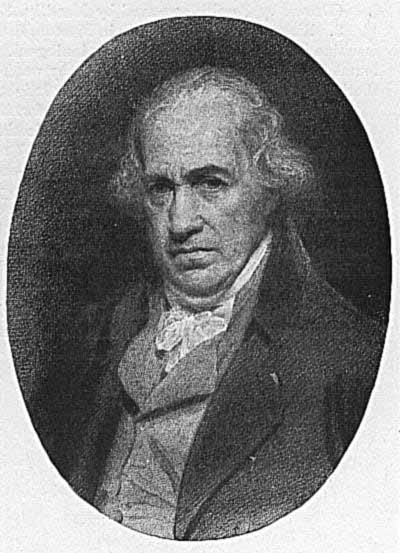
 http://en.wikipedia.org/wiki/Andrew_Warhola
http://en.wikipedia.org/wiki/Andrew_Warhola
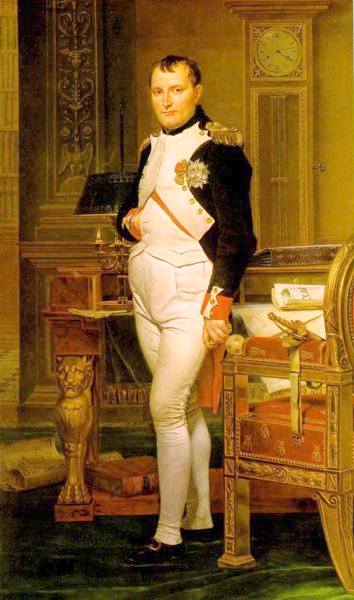 http://en.wikipedia.org/wiki/Napoleon
http://en.wikipedia.org/wiki/Napoleon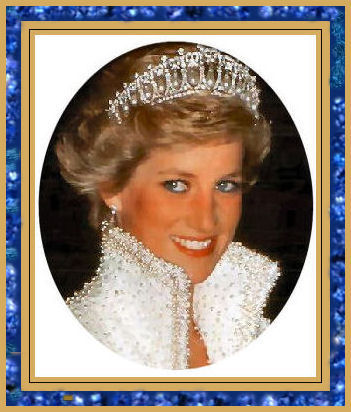 http://en.wikipedia.org/wiki/Lady_Diana_Spencer
http://en.wikipedia.org/wiki/Lady_Diana_Spencer



